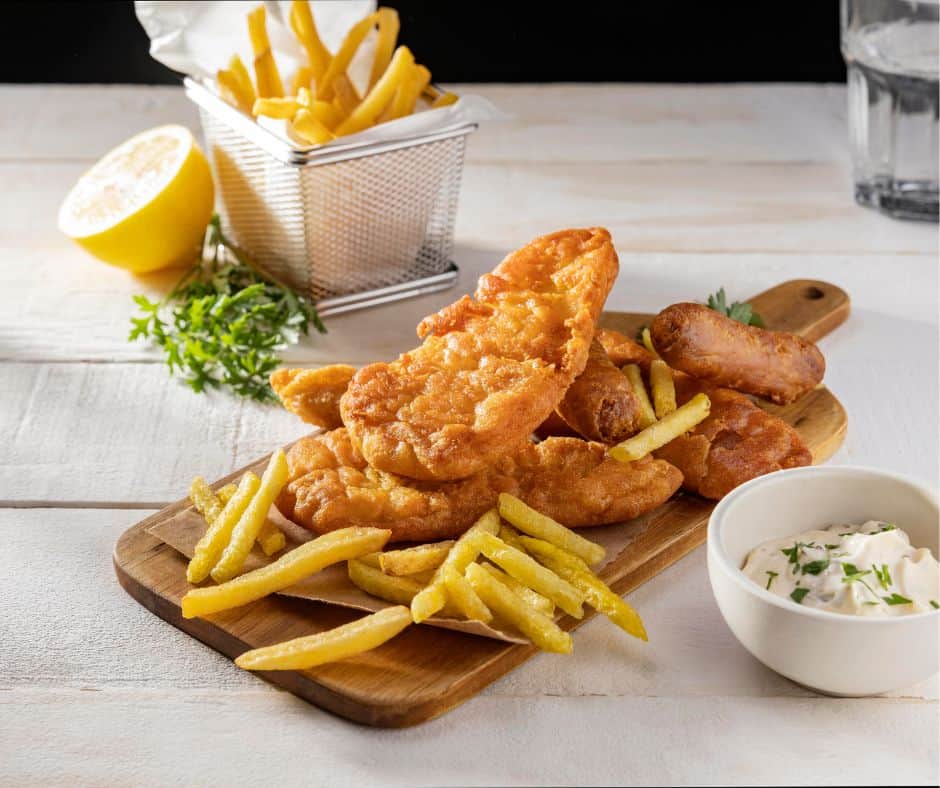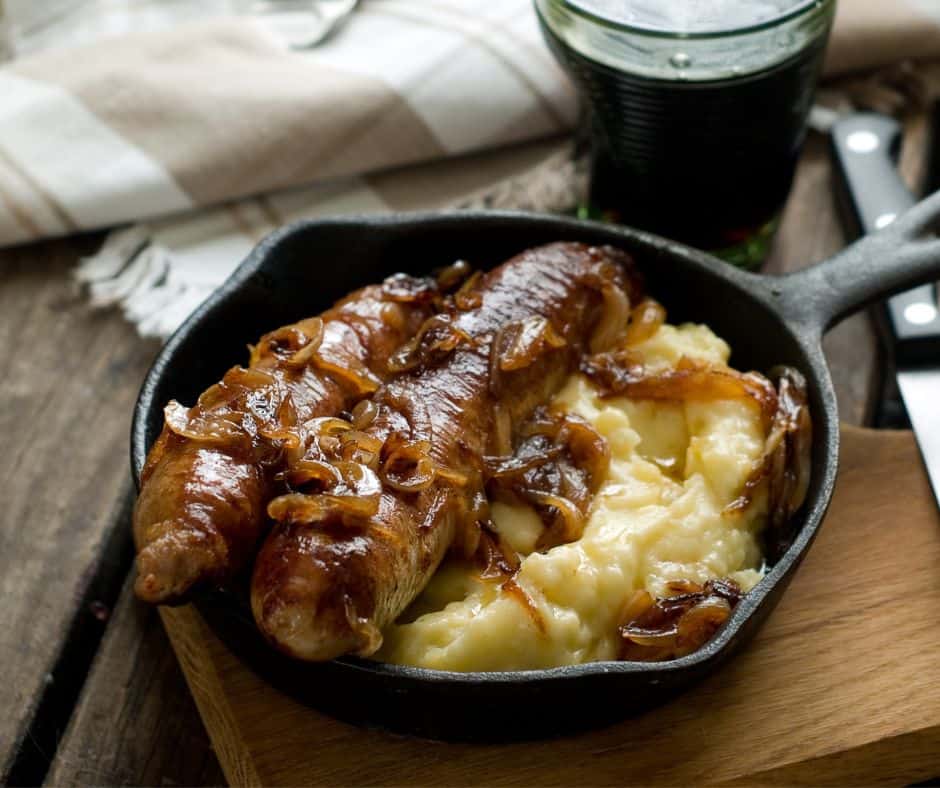Nestled in the heart of Britain’s rich culinary landscape, the humble pub stands as a beacon of tradition and comfort. Among these, the Barley Mow emerges not just as a purveyor of food and drink but as a custodian of a deep-rooted culinary heritage. This establishment, with its cozy ambience and hearty fare, offers more than just a meal; it presents a journey through time, showcasing the evolution of British gastronomy. In “A Taste of Tradition: The History of Our Pub Classics,” we delve into the storied past of some of the most beloved dishes on the Barley Mow menu. From the iconic beer-battered fish and chips to the hearty steak and ale pie, each dish is a chapter in the grand narrative of British cuisine.
These classics, having stood the test of time, speak volumes of the nation’s history, culture, and communal spirit. They are tales of adaptation and survival, of humble beginnings and royal favour, of local ingredients, and global influences. This article aims to unfold these stories, tracing the origins and the culinary journey of five quintessential pub dishes. As we explore each dish, we not only honour the rich flavours and comforting textures that have satisfied generations but also pay tribute to the history and tradition that simmer beneath the surface of these timeless British favourites.
Join us as we embark on a culinary expedition, relishing the flavours that have defined the British pub experience and discovering the stories that have shaped these enduring classics at Barley Mow.

Beer-Battered Fish & Chips
Origins and Evolution:
Fish and chips, a quintessential British dish, traces its origins back to the 19th century. The concept of fried fish was introduced in Britain by Jewish refugees from Portugal and Spain, where fish was traditionally fried in flour. The first fish and chip shop is believed to have opened in London in 1860 by Joseph Malin, a Jewish immigrant, combining fried fish with chips, which were a staple in the British diet since the introduction of potatoes from the New World.
Over time, this dish became a symbol of working-class sustenance due to its affordability and nutritional value. The popularity of fish and chips soared during World War I and II when it was one of the few foods not subject to rationing. It’s been served wrapped in newspaper, creating an iconic image synonymous with British culture.
Present Day Interpretation at Barley Mow:
Today, the Barley Mow offers a modern twist on this classic. The beer batter used for the fish adds a distinct, fluffy texture and rich flavour, setting it apart from the traditional plain batter. Served with garden peas and a side of tartar sauce, this dish respects the traditional roots while offering a gourmet experience.

Sausage & Mash
Origins and Evolution:
Sausage and mash, often colloquially termed “bangers and mash,” is a traditional British dish made of sausages and mashed potatoes. Its name “bangers” comes from the World War II era, referring to sausages made with water to reduce costs, which would often burst (“bang”) when cooked.
The dish has been a staple in British cuisine for centuries, initially as a peasant dish. Over time, it became a pub classic due to its hearty and comforting nature. The variety of sausages used in this dish reflects the regional diversity of Britain, with each area boasting its unique recipe.
Present Day Interpretation at Barley Mow:
At Barley Mow, the sausage and mash is a nod to this culinary heritage. Served with greens and a rich red wine jus, the dish elevates the traditional flavours with high-quality ingredients and a gourmet presentation. The vegetarian version also acknowledges the evolving dietary preferences in modern Britain.

Steak & Ale Pie
Origins and Evolution:
The steak and ale pie is a classic British dish with a rich history dating back to the medieval period. Pies in medieval England were primarily a means to preserve meat, and the crust was not always meant to be eaten. The combination of steak and ale, however, is a more modern adaptation, likely evolving in the 19th century with the rise of public houses (pubs) and breweries.
This dish exemplifies British comfort food, combining tender pieces of steak, rich gravy, and the hearty flavour of ale, all encased in a flaky pastry. Traditionally, the ale used in the pie would be a local brew, giving each pie a distinct flavour based on the region.
Present Day Interpretation at Barley Mow:
The Barley Mow’s version of steak and ale pie honours this tradition. Using quality cuts of steak and a rich ale-infused gravy, the pie is a testament to the pub’s commitment to celebrating British culinary traditions. Served with chips and garden peas, it offers a satisfying and nostalgic dining experience.

Liver & Bacon
Origins and Evolution:
Liver and bacon is a traditional British dish, often associated with the working class and rural communities. The dish typically consists of slices of liver (usually pork or calf) cooked with bacon, onions, and a gravy or sauce. Its origins are humble, as liver was historically a cheaper cut of meat, yet nutritious and widely available.
This dish reflects the British nose-to-tail eating philosophy, where all parts of the animal were used, minimising waste. Over time, liver and bacon became a staple in British households, especially during times when meat was a luxury.
Present Day Interpretation at Barley Mow:
At Barley Mow, the liver and bacon dish is given a contemporary twist. The liver is cooked to perfection, retaining its tenderness, and is accompanied by a red wine jus, enhancing the flavours and elevating the dish to a gourmet level. Served with mash and greens, it pays homage to the dish’s rustic roots while offering a modern dining experience.

Chicken Schnitzel
Origins and Evolution:
While schnitzel is not traditionally British but of Austrian origin, its inclusion in British pubs like Barley Mow signifies the adaptability and international influence on British cuisine. Schnitzel involves thin, breaded, and fried meat and became popular in Britain post-World War II due to the influx of European immigrants.
Over the years, chicken schnitzel has become a pub favourite, offering a lighter alternative to red meat dishes. Its popularity in pubs also reflects the British public’s growing interest in global cuisines, adapting foreign dishes into their local palate.
Present Day Interpretation at Barley Mow:
Barley Mow’s chicken schnitzel represents this cultural integration. It’s served in a traditional style with chips and salad, offering a crispy, flavorful experience that’s both familiar and exotic. This dish symbolizes how British pubs, while rooted in tradition, are also gateways to a world of flavours.
Your Table Awaits
As we close the pages of our gastronomic journey through the traditional flavours of the Barley Mow, we invite you to experience these timeless classics firsthand. Each dish, steeped in history and crafted with care, awaits to tell its tale. Whether you’re a long-time patron or a first-time visitor, there’s always a new flavour to discover and a story to unfold. So, come join us at the Barley Mow, where every bite is a taste of Britain’s rich culinary heritage. Savour the legacy, relish the tradition, and be part of the continuing story of these beloved pub classics. Your table awaits!
